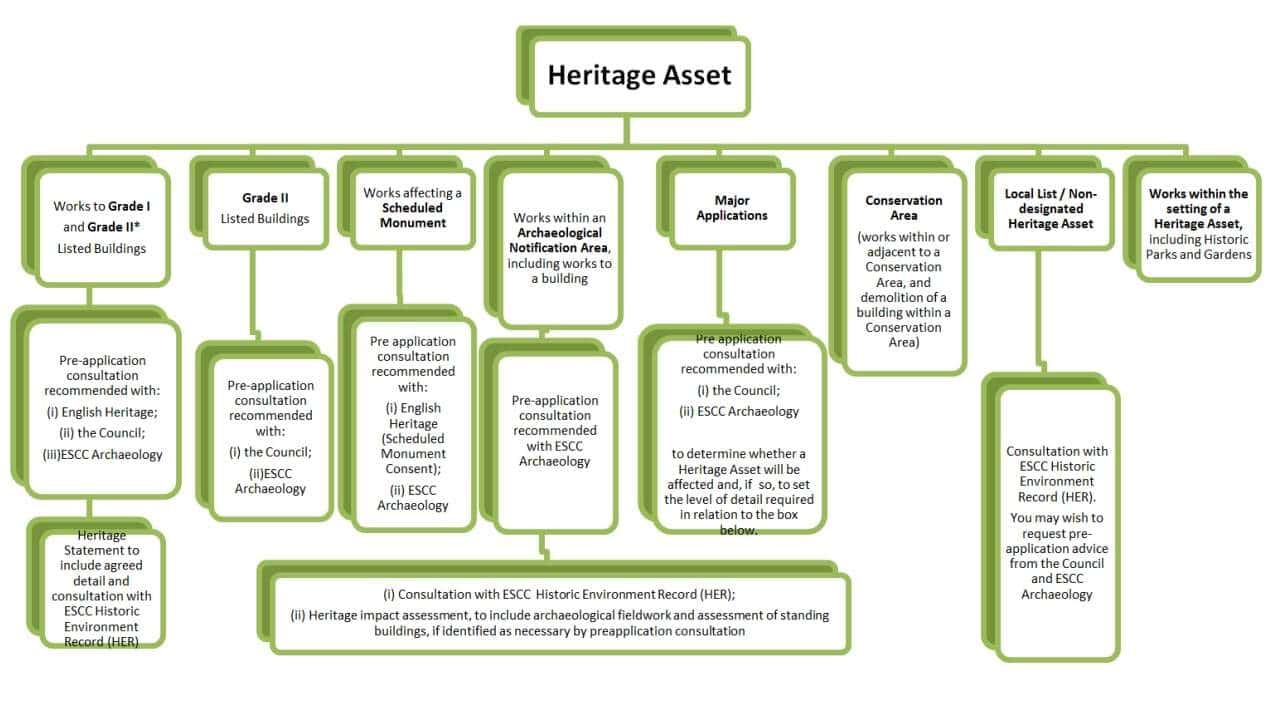Residential

Heritage Impact Assessments
If you are thinking of buying a listed building, or you own one but have yet to make changes, we’re here to help. Altering or extending a listed building is not like adapting any other type of structure. This is because the level of information about what is there and what you want to add is on a different scale from a standard planning application. One of the things you are expected to supply during this process is a document that is referred to as a heritage impact assessment (also known as a historic building impact assessment).
What Is a Heritage Impact Assessment?
A heritage impact assessment is a document that outlines the historic or archaeological significance of a building or landscape within its wider settings. Generally, it serves two main purposes:
- Explains the context and historical significance of your building, whether it is nationally listed or has some other kind of heritage designation.
- Describes what effect the changes you are proposing will have on the historic fabric of the building and why this work is justified.
Unfortunately, many listed buildings have centuries of ill-thought-out additions and modifications. However, a heritage impact assessment provides an opportunity to remove some of these and instead reveal the original building underneath or replace the unsuitable additions with more sympathetic ones.
When Do You Need a Heritage Impact Assessment?
You’ll need a heritage impact assessment when you are proposing works that could affect a heritage asset in some way. But, what counts as a heritage asset?
According to the National Planning Policy Framework (NPPF), a heritage asset is
“A building, monument, site, place, area or landscape identified as having a degree of significance meriting consideration in planning decisions, because of its heritage interest. It includes designated heritage assets and assets identified by the local planning authority (including local listing)”
These heritage assets range from World Heritage Sites to locally listed buildings, nationally listed buildings and conservation areas. In most cases, you will need a heritage impact assessment for all listed building consent applications and for any applications in a World Heritage Site. Some councils also require them for applications in conservation areas and for locally listed buildings. In both cases, they are the advisable option.
Essentially, you will require a heritage impact assessment when you propose:
- Altering or extending a listed building
- Building or developing in a conservation area
- Building or developing near a listed building (in the curtilage)
- Carrying out development works that might affect an unlisted building within the Historic Environment Record
- Building or developing a garden of special historic interest or registered park
- Carrying out development works that might affect a non-designated heritage asset
What Is Included in a Heritage Impact Assessment?
According to the National Planning Policy Framework (NPPF),
“In determining applications, local planning authorities should require an applicant to describe the significance of any heritage assets affected, including any contribution made by their setting. The level of detail should be proportionate to the assets’ importance and no more than is sufficient to understand the potential impact of the proposal on their significance. As a minimum, the relevant historic environment record should have been consulted and the heritage assets assessed using appropriate expertise where necessary.”
Interestingly, both the NPPF and advice provided by Historic England (the body responsible for listing buildings) state that providing too much information is not welcome. It’s best to include only relevant information when completing a heritage impact assessment.
For more information, take a look at this insightful flow chart which outlines the different types of heritage impact assessment:

Ready to take the next steps?
Book Your Heritage Impact Assessment
Gain the knowledge and expertise required to make necessary changes to your listed building with support from our professional chartered surveyors. If you are interested in having a Heritage Impact assessment done for your property, fill in the contact form below or speak to one of the team by contacting us by email or phone.
Need additional advice?
Get more from your survey
We don’t work from a standard template at Fourth Wall. Our surveys are bespoke and developed with you in mind. We believe this sets us apart.
Architectural Feasibility Review
When conducting your survey, we can also provide you with a initial Architectural Feasibility Review if you have any alterations or extensions in mind.
This will include a review of feasibility of your project and initial Planning, Building Regulations and Party Wall considerations.
Building Reinstatement Cost Assessments
If you own a property, no matter what size or for what purpose, you need to ensure you’re insured to the right level should anything happen.
Our experts will provide a report outlining the insurance reinstatement value based on the latest cost data and our expert knowledge.
Drone Surveys of Roof Area, Chimneys and hard to reach places
If you invest or develop property, we conduct reports focused at seasoned investors with key considerations included when purchasing a buy to let property.
If you own or are purchasing a portfolio, we can inspect and report on the condition and the key considerations of the entire portfolio.
Why Choose Fourth Wall?
At Fourth Wall, our goal is to re-imagine RICS building surveying, helping people to truly understand the properties they own and use. That’s why we’ve torn down the traditional, convoluted, surveying practice model and created something new – The Fourth Wall.
To start working with us today, book a free no-obligation consultation with one of our friendly chartered surveyors who are more than happy to help.
What Our Clients Say.
We could tell you how great our team and services are, but that would be too easy. Why not take a look at what some of our previous clients have said?
Excellent customer Service & timely booking of the Survey and report
I wish Josh and his team all the best for the future and I offer Fourth Wall my full recommendation to anyone thinking of using their services!
Heritage Impact Assessment FAQs
What Is Included in Fourth Wall’s Heritage Impact Assessment?
A Heritage Impact Assessment (HIA) is a comprehensive evaluation that considers the potential impact of a proposed development or change on the heritage significance of a site or building. The content of an HIA can vary, but it generally includes the following components:
- Introduction: Overview of the project, including the nature of the proposed development and its location.
- Background and Context: Historical and contextual information about the site or building, providing a foundation for understanding its heritage significance.
- Heritage Significance: Detailed assessment of the cultural, historical, and architectural significance of the site or building, often considering local, national, or international heritage values.
- Documentation of Existing Conditions: Description and documentation of the existing conditions of the heritage features, including architectural elements, landscape features, and other relevant aspects.
- Impact Identification: Identification and analysis of potential impacts that the proposed development may have on the heritage significance. This may include physical alterations, visual impacts, or changes to the surrounding environment.
- Mitigation Strategies: Recommendations for mitigation measures to minimize or offset any adverse impacts on heritage values. This can include design modifications, conservation measures, or alternative approaches.
- Alternative Options: Exploration of alternative design options or development scenarios that could have fewer impacts on heritage significance.
- Consultation and Stakeholder Engagement: Involvement of relevant stakeholders, including heritage authorities, local communities, and experts, to gather input, address concerns, and incorporate diverse perspectives.
- Legislative Compliance: Analysis of the proposal’s compliance with relevant heritage conservation legislation, regulations, and local planning policies.
- Visual Representations: Visual representations, such as drawings, plans, or 3D models, illustrating the proposed development and its potential impact on the heritage features.
- Conclusion and Recommendations: A summary of the assessment findings, conclusions about the potential impact on heritage significance, and recommendations for moving forward.
Preparation and submission of the Heritage Impact Assessment report to relevant planning authorities as part of the planning application process.
It’s important to note that the specific requirements for an HIA can vary based on local regulations and the nature of the proposed development. Additionally, engaging with heritage professionals or consultants with expertise in heritage assessments is crucial to ensuring a thorough and accurate evaluation.
What Counts as a Heritage Site?
According to Historic England, a cultural heritage site is:
“A place, locality, natural landscape, settlement area, architectural complex, archaeological site, or standing structure that is recognised and often legally protected as a place of historical and cultural significance.”
How Do You Complete a Heritage Impact Assessment?
Generally, a heritage impact assessment should:
- Provide an examination of the asset and its setting, including a thorough visual and physical analysis of the heritage asset, its setting and context.
- Provide a consideration as to whether the nature of the affected significance needs an expert assessment to gain the necessary level of understanding to inform the proposed works to the asset.
Can I Write a Heritage Impact Assessment Myself?
Unauthorised works on a listed building is actually a criminal offence. As a result, you must supply all relevant information about what you plan to do to the council. It’s also crucial that you understand what you are dealing with when it comes to historical assets.
Here is everything you need to know about making changes:
- Minor changes – You may be able to provide the information yourself.
- Nationally listed building – Consider commissioning an architect or planning consultancy to write your heritage impact assessment (this is where we come in!) .
- Grade II* or Grade I listed buildings – Seek the help of heritage specialists like Fourth Wall.
Local Knowledge
National Coverage.
We have surveyors based across England in our regional offices. With expert knowledge of their local areas, you know you’re in safe hands.
Fourth Wall // South East
Areas We Cover
London
Mayfair
Pimlico
Kensington
Westminster
Lambeth
Islington
Enfield
Camden
Barnet
Belsize Park
Hampstead Heath
Finsbury Park

